
|
|
Font Size:
|
||||
|
|
|
|
||||
STATISTICAL BRIEF #103:
National Health Care Expenses in the U.S. Civilian Noninstitutionalized Population, 2003
Highlights
- Health care expenses among the population totaled $895.5 billion in 2003, with slightly more than a third (34.1 percent) of the expenses related to hospital inpatient services.
- Overall, the mean and median expenses of persons with any expenses in 2003 (85.6 percent of the population) were $3,601 and $1,021, respectively.
- Prescription medicine expenses accounted for about one-fifth of population spending on health care, and the mean expense for those with prescription medicine expenses was $950.
- Total emergency room expenses were $29.3 billion (3.3 percent of total expenses). This was relatively small compared to other ambulatory medical care expenses ($88.0 billion for hospital outpatient services and $180.7 billion for office-based medical provider services).
- Private medical insurance--the largest third-party payer--covered 42.4 percent of total payments. Medicare and Medicaid--the primary public programs--combined paid 29.1 percent of the total.
- People under 65 years of age with an expense had a mean total expense of $2,837 and a median total expense of $817, while those 65 years and older had a mean total expense of $8,209 and a median total expense of $3,647.
Introduction
This Statistical Brief presents estimates of health care expenses for the U.S. civilian noninstitutionalized population in calendar year 2003. The national estimates are derived from the Household Component of the Medical Expenditure Panel Survey (MEPS-HC), which provides annual national estimates of health care use and expenditures. Health care expenses, as reported in this brief, represent payments to hospitals, physicians, and other health care providers for services reported by respondents in the MEPS-HC. These expenses are defined as direct payments by individuals, private insurance, Medicare, Medicaid, and other payment sources. All differences between estimates discussed in the text are statistically significant at the 0.05 level.
Findings
In 2003, the U.S. civilian noninstitutionalized population had total expenses of $895.5 billion, consisting of payments for hospital inpatient and outpatient care; emergency room services; office-based medical provider services; dental services; home health care; prescription medicines; and other medical services and equipment (figure 1). Among the 85.6 percent of the population with an expense, the median and mean expenses were $1,021 and $3,601, respectively. A small proportion of the 14.4 percent of the population who did not have health care expenses during 2003 received health services for which no direct payments were made.
Hospital inpatient expenses for both facility and separately billed physician services accounted for 34.1 percent of the total expenses of the population, while another 20.2 percent of the total was for office-based medical provider services (figure 2). Total emergency room expenses were 3.3 percent of total expenses ($29.3 billion; estimate not shown), which is relatively small compared to other ambulatory medical care expenses ($88.0 billion, or 9.8 percent, for hospital outpatient services and $180.7 billion, or 20.2 percent, for office-based medical provider services; dollar estimates not shown).
Prescription medicine expenses accounted for about one-fifth of total spending on health care, and the mean expense per person with expenses was $950 (figure 3). The mean expense among those with expenses ranged from a high of $14,112 for hospital inpatient services to a low of $334 for other medical equipment and services, but the proportion of people with expenses varied widely (ranging from 2.0 percent to 72.3 percent) by type of service (figure 4).
Health care expenses are paid by individuals and third-party payers, such as private insurance and public programs. In 2003, private insurance covered 42.4 percent of the total expenses; individuals and family members paid out of pocket 19.6 percent; and Medicare and Medicaid combined paid 29.1 percent (figure 5).
As shown in figure 6, health care expenses were not uniformly distributed across the U.S. civilian noninstitutionalized population. People under 65 years of age with an expense had a mean total expense of $2,837 and a median total expense of $817, while those 65 years and older had a mean total expense of $8,209 and a median total expense of $3,647. Uninsured people under age 65 with expenses were characterized by relatively lower expenditures; those with expenses had a mean expense of $1,492. In comparison, persons age 65 and older on Medicare and other public insurance were characterized by relatively higher expenditures; those with expenses had a mean expense of $9,951.
Data Source
The estimates in this Statistical Brief are based upon data from the 2003 Full-Year Consolidated Data File: HC-079.
Definitions
Expenditures
Expenditures included the total payments from all sources to hospitals, physicians, other health care providers (including dental care), and pharmacies for services reported by respondents in the MEPS-HC. Sources included direct payments from individuals, private insurance, Medicare, Medicaid, and miscellaneous other sources. Expenditures for hospital-based services included those for both facility and separately billed physician services.
Uninsured
People who did not have insurance coverage at any time during the survey year were classified as uninsured for the full year. People who were covered only by noncomprehensive State-specific programs (e.g., Maryland Kidney Disease Program) or private single service plans (e.g., coverage for dental or vision care only, coverage for accidents or specific diseases) were considered to be uninsured.
Public only coverage
People were considered to have public only health insurance coverage if they were not covered by private insurance and they were covered by Medicare, Medicaid, TRICARE, or other public hospital and physician coverage.
Private coverage
Private health insurance coverage was defined as nonpublic insurance that provided coverage for hospital and physician care (including Medigap coverage).
About MEPS-HC
MEPS-HC is a nationally representative longitudinal survey that collects detailed information on health care utilization and expenditures, health insurance, and health status, as well as a wide variety of social, demographic, and economic characteristics for the civilian noninstitutionalized population. It is cosponsored by the Agency for Healthcare Research and Quality and the National Center for Health Statistics.
For more information about MEPS, call the MEPS information coordinator at AHRQ (301-427-1656) or visit the MEPS Web site at http://www.meps.ahrq.gov/.
References
For a detailed description of the MEPS survey design, sample design, and methods used to minimize sources of nonsampling error, see the following publications:
Cohen, J. Design and Methods of the Medical Expenditure Panel Survey Household Component. MEPS Methodology Report No. 1. AHCPR Pub. No. 97-0026. Rockville, Md.: Agency for Health Care Policy and Research, 1997.
Cohen, S. Sample Design of the 1996 Medical Expenditure Panel Survey Household Component. MEPS Methodology Report No. 2. AHCPR Pub. No. 97-0027. Rockville, Md.: Agency for Health Care Policy and Research, 1997.
Cohen, S. Design Strategies and Innovations in the Medical Expenditure Panel Survey. Medical Care, July 2003: 41(7) Supplement: III-5-III-12.
Suggested Citation
Kashihara, D. and Carper, K. National Health Care Expenses in the U.S. Civilian Noninstitutionalized Population, 2003. Statistical Brief #103. November 2005. Agency for Healthcare Research and Quality, Rockville, MD. http://meps.ahrq.gov/mepsweb/data_files/publications/st103/stat103.shtml
AHRQ welcomes questions and comments from readers of this publication who are interested in obtaining more information about access, cost, use, financing, and quality of health care in the United States. We also invite you to tell us how you are using this Statistical Brief and other MEPS data and tools and to share suggestions on how MEPS products might be enhanced to further meet your needs. Please e-mail us at mepspd@ahrq.gov or send a letter to the address below:
Steven B. Cohen, PhD
Director
Center for Financing, Access, and Cost Trends
Agency for Healthcare Research and Quality
540 Gaither Road
Rockville, MD 20850
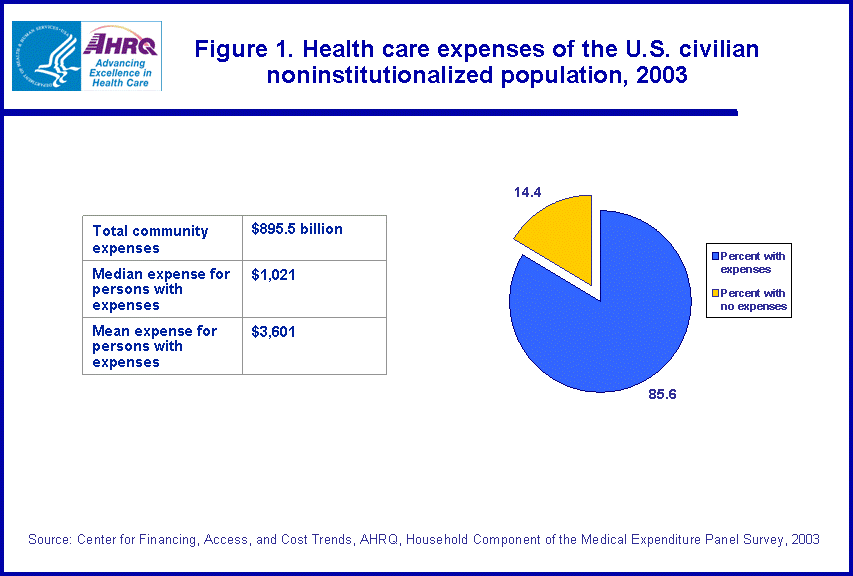 |
||||||||||||||||||||||||||||||||||||||||||||||||||
|
||||||||||||||||||||||||||||||||||||||||||||||||||
|
|
||||||||||||||||||||||||||||||||||||||||||||||||||
 |
||||||||||||||||||||||||||||||||||||||||||||||||||
|
||||||||||||||||||||||||||||||||||||||||||||||||||
|
|
||||||||||||||||||||||||||||||||||||||||||||||||||
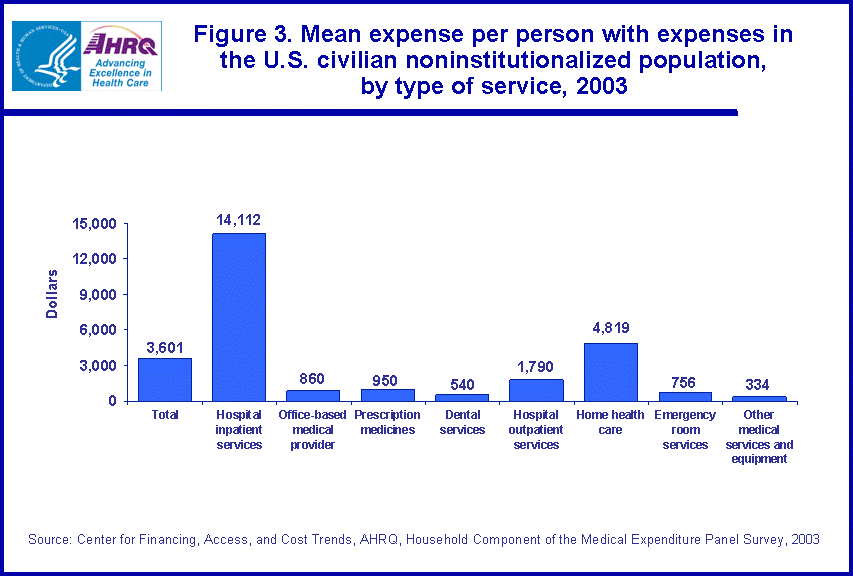 |
||||||||||||||||||||||||||||||||||||||||||||||||||
|
||||||||||||||||||||||||||||||||||||||||||||||||||
|
|
||||||||||||||||||||||||||||||||||||||||||||||||||
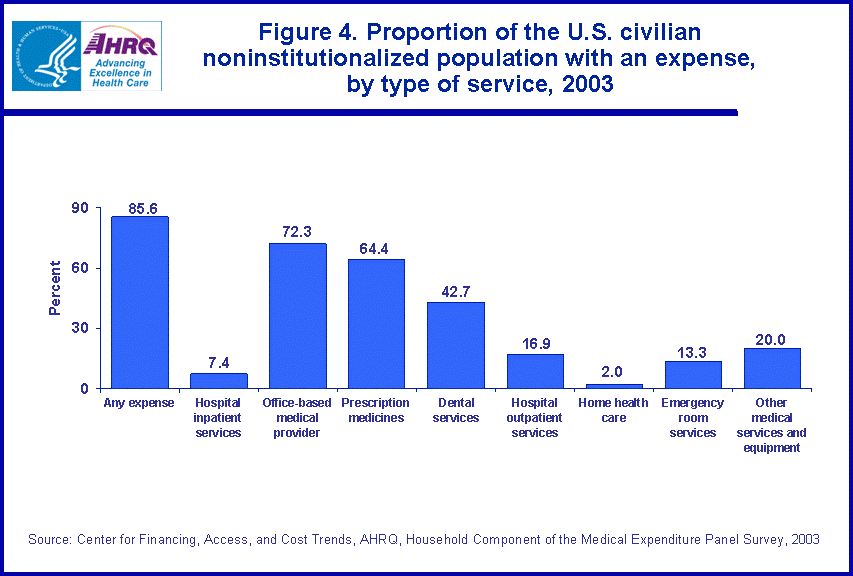 |
||||||||||||||||||||||||||||||||||||||||||||||||||
|
||||||||||||||||||||||||||||||||||||||||||||||||||
|
|
||||||||||||||||||||||||||||||||||||||||||||||||||
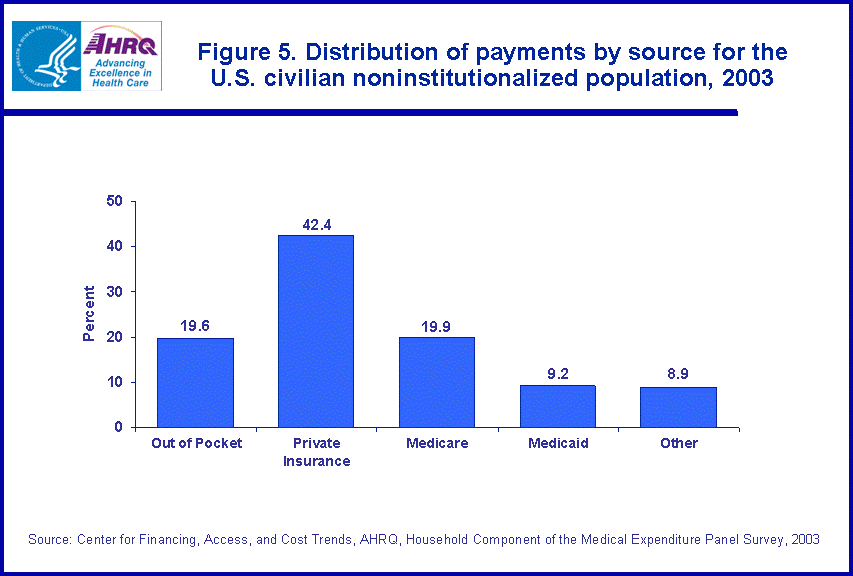 |
||||||||||||||||||||||||||||||||||||||||||||||||||
|
||||||||||||||||||||||||||||||||||||||||||||||||||
|
|
||||||||||||||||||||||||||||||||||||||||||||||||||
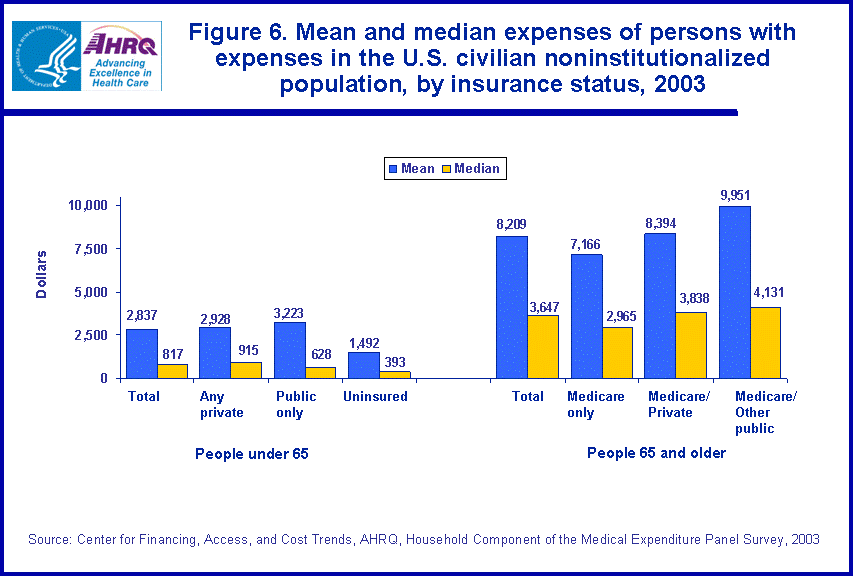 |
||||||||||||||||||||||||||||||||||||||||||||||||||
|
||||||||||||||||||||||||||||||||||||||||||||||||||
|
|
||||||||||||||||||||||||||||||||||||||||||||||||||


